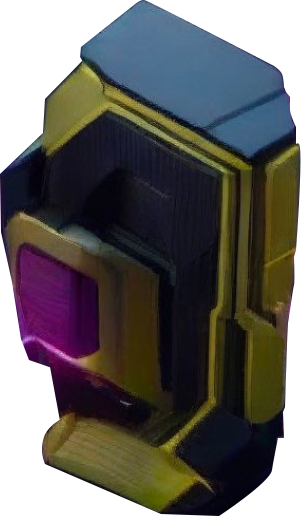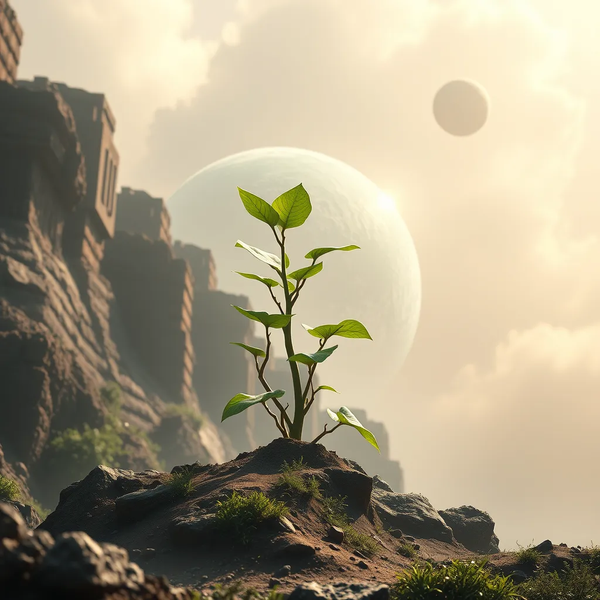Design to Scale
Look beyond tech, trends, and fancy buzzwords; look back to humans.

Picture yourself driving down a road and making a left turn at the end, only to be confronted by a roadblock due to ongoing construction. Swiftly, you reverse your vehicle, alter your path, and embark on a detour to ultimately reach your intended destination.
Now, expand this scenario on a larger scale. Imagine a crowd of ten thousand other individuals navigating the same road, and among them, one thousand encounter the obstructed route. Like you, they also backtrack, change directions, and adopt an alternative route.
Another possible scenario: Someone else witnessing both your car and the one ahead of you taking an unplanned detour promptly deduces that something is off. They might assess the situation from a distance and perceive it as an anomaly and follow your lead without seeing what's wrong for themselves.
Paulo Coelho says, “The problem is, sometimes you stop and think you understand the world. This is not correct. The world is always moving.”
At an individual level, making mistakes is a natural part of life's journey. But when these mistakes are magnified on a grand scale, they can become a costly hiccup. Mistakes can inspire systems, but can also mold them like a shell around themselves.
Nature has a keen tolerance to mistakes - it embraces them as part of its change mechanics. A zebra has an instinct to save its life from a threat like a lion, but that instinct is actually the absence of the love of death, which… died. Countless zebras with a will to die had to die, before the ones which didn’t could become the majority.
Designing and scaling systems with a "natural" mindset, often referred to as biomimicry or biologically inspired design, involves drawing inspiration from the efficiency, adaptability, and sustainability found in natural systems. By integrating these principles into human-made systems, it's possible to create solutions that are better aligned with the natural world and more conducive to scalability.
What is natural, though? Is it something which has been iterated over countless times? Can, one day, our robotic and cold systems be called “natural”? If I simulate a system through a genetic algorithm, test every possible edge-case of it, and let it figure out the best way to do something… can I now call that system “natural”? Perhaps the building of systems, whether inspired by the nature around them or not, is inherently “natural” to a human being.
Systems don’t also have to be invented or thought from scratch. They can build upon existing systems, or be a subset of them. You can build a system by connecting a few other systems with one another. Almost every ecosystem on earth is symbiotic in nature; the output of one, becomes the input to another, and vice versa.
Shouldn’t our systems be strict, and built to prevent mistakes? I think otherwise. Keeping things stupidly simple, and building a robust framework of iterative improvement, while keeping a large vision in mind, may still be the best approach to building systems. The objective is always to maintain a balance, while moving progress - a key point of nature’s systems is sustainability. Of course, yes, there could be a “catastrophic event” which changes the course of the system, but good systems will always find a way forward, or, die out and leave a vacuum for better ones.
"Nature has already solved many of the problems we are grappling with. Animals, plants, and microbes are the consummate engineers. They have found what works, what is appropriate, and most important, what lasts here on Earth." — Janine Benyus
In the business world, this “balance” usually translates to burn rates, cost-profit charts, etcetera. As humans and their technology evolves, these iteration cycles may become shorter, but they will always exist. Perhaps one day, we humans could escape the labor which goes into these cycles and become strategic thinkers and visionaries. This evolution would augment (not replace!) human capabilities, and would force us to redesign and rethink some of our inefficient and “unnatural” human systems which have crept into our world.
The first question I ask at Grayhat when designing systems is “How would this system exist if there was no technology in the world?”. In most cases, when software translates to the real world, there is almost always a way to achieve the objective without even touching a screen. Playing around real-world perceptions and experiences is a key stepping stone in the road to invention - only once you’ve understood how humans perceive the existing world, can you bring them out of their everyday lives and blow their minds. In the words of Albert Szent-Gyorgy:
"Innovation is seeing what everybody has seen and thinking what nobody has thought."
Author: Saad Bazaz
Editor: Aniqa Sadaf




